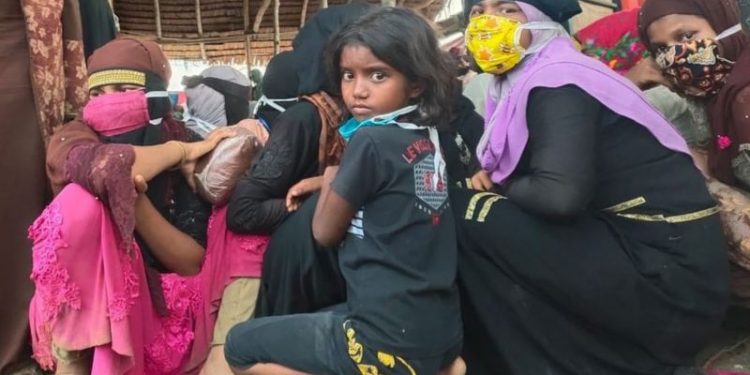As many as 300 Rohingya: NGOs believe the role of the human smuggling network when nearly 300 people ‘land’ in Aceh, there will be another ship carrying Rohingya people ‘October or November’
There were 14 children of 297 Rohingya ethnic refugees who landed on Lhokseumawe beach, Aceh, Monday morning.
The Indonesian government confirmed that nearly 300 Rohingya who arrived in Aceh on Monday (07 September) in the morning was in good condition and healthy.
UNHCR will discuss with the government so that they can have the opportunity to work in Indonesia.
However, the non-governmental organization Arakan Project, which is based in Thailand and has long focused research on the Rohingya community, warned that there would be another influx of Rohingya people this year masterminded by a network of people smugglers.
In fact, the NGO believes Rohingya community vessels will depart in the next few months, especially in the peak season which usually falls in “late October or November.”
In an explanation to BBC News Indonesia, a spokesman for the Ministry of Foreign Affairs, Teuku Faizasyah, said the Indonesian government would classify 297 Rohingya as illegal migrants according to immigration regulations.
The verification of their status as registered refugees with the United Nations High Commissioner for Refugees (UNHCR) will be carried out together with UNHCR Indonesia, said Faizasyah.
“We are not a country that [ratified] the Refugee Convention [1951]. Now their status is illegal migrants because they entered Indonesia without immigration documents, then their claims will be verified, whether they have refugee status from UNHCR Bangladesh, that is the authority of UNHCR.
“However, from the Indonesian government’s side, the most important thing is to provide logistical assistance and ensure their condition is good and healthy,” he explained.
The group of 297 people, according to Chris Lewa of the non-governmental organization Arakan Project, is part of a large ship that initially transported about 800 Rohingya from Bangladesh in late March.



